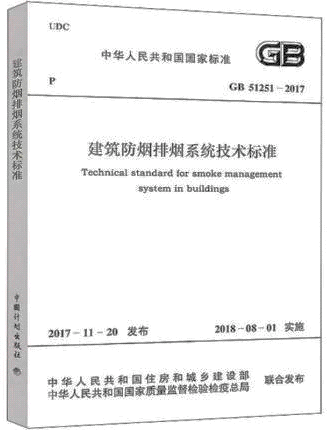Endurance limit of smoke exhaust pipes under new standards
Limit requirements for smoke exhaust pipe resistance
The determination of the resistance limit of pipelines must be in accordance with the testing method of GB/T 17428 in the "Test Method for Resistance of Pipelines". When the integrity of the resistance and insulation are met simultaneously, it can be considered as meeting the requirements. (Article 3.3.7 and Article 4.4.8 of GB51251-2017).
The material of the explosion-proof pipe should be composed of non combustible materials, and the resistance level should comply with the design regulations. The resistance time limit should meet the design requirements. (JGJ/T 141-2017)
Definition of endurance limit
Under standard resistance test conditions, the time taken for building components, fittings, or structures to lose their load-bearing capacity, integrity, or insulation from the moment they are subjected to external force is measured in hours. [GB50016 Å 2014 (2018 Edition)]
The First Kill in the Endurance Limit - Smoke
Thermal hazard: The body's ability to withstand temperature
When the field temperature reaches 49-50 ° C, it will cause a rapid decrease in internal pressure, leading to the failure of the circulatory system. If the temperature of the suction tube exceeds 70 ° C, it will cause the mucous membrane in the tube to fill with bubbles, and the fine tube to be damaged, resulting in the inability of fluid circulation and tissue necrosis, especially leading to damage to the brain nerve center and death.
The ignition points of common combustible materials in industrial and commercial buildings are: 130 ℃ for paper, 200 ℃ for cloth, 280 ℃ for gasoline, and 240-270 ℃ for materials
Smoke hazard: smoke layer space density
It is generally believed that a decrease in smoke density of 1.5 meters above the ground will result in a decrease in energy density, posing a threat to human safety. The diffusion speed of smoke during disasters: 3-4m/s.
Toxic hazards: carbon dioxide, carbon dioxide, hydrogen chloride, nitrogen oxides, hydrogen sulfide, hydrogen cyanide, light, etc
The content of carbon dioxide can reach up to 1% in thick smoke. The affinity between carbon dioxide and red egg is 200-300 times higher, and the dissociation rate of carbon oxygen is 3600 times slower than that of red egg. Once a large amount of carbon dioxide enters the liquid, it will interfere with the transfer of oxygen, leading to internal tissue poisoning. Therefore, when the carbon dioxide content in the air reaches 1%, the person will inhale two or three times, then fall to the ground, and die within 1-2 minutes.


